Poker has always been more than just a set of bets and combinations. It is a game of character that respects the unspoken norms of behaviour behind the games. Ignorance of such norms leads to embarrassing situations and spoils the reputation even at the start of the career. That’s why understanding what the rules of poker etiquette are becomes an essential part of preparing for your first game.
Poker table etiquette: the basis of respect for the game and players
Respect for opponents, honesty, clear adherence to the order of actions – the basic principles of any game. At the same time, the rules of behaviour at the poker table form the basis of trust between participants and maintain the atmosphere of the game. For clarity, let’s highlight the basic points that should always be taken into account:
- observance of the order of actions;
- correct demonstration of winnings;
- politeness when interacting with the dealer;
- respect for the personal space of other players;
- use of chips without unnecessary gestures.
This approach demonstrates maturity and commitment to the culture of card battles.
How to behave at a poker table: practical recommendations
 Behaviour in rounds is based on a few key principles. The first and most important is to watch your decision-making time. Long deliberation on each move annoys other participants.
Behaviour in rounds is based on a few key principles. The first and most important is to watch your decision-making time. Long deliberation on each move annoys other participants.
The second is to be respectful of conversation. Talkativeness is distracting and can be perceived as an attempt to throw someone off balance. This is why the rules of poker etiquette emphasise the importance of discipline, self-control and restraint in communication in the gaming area.
Prohibited actions: Thresh-talk and Slowroll
Provocative language, or thrash-talk, has a negative effect on the atmosphere on the court. Even in online poker, such behaviour is considered unacceptable.
Slowroll is a deliberate delay in showing a winning hand when there is an obvious win. Such behaviour is perceived as a sign of disrespect to opponents and contradicts the basic rules of poker etiquette.
Cards and Chips: A Player’s Tool, Not a Toy
The treatment of cards and chips on the playing field requires special care. Scattering chips, excessive manipulation of the deck or demonstrative gestures disrupt the order of the game and prevent others from concentrating. In the context of poker behaviour, calm and careful handling of objects is seen as a sign of professionalism.
The structure of actions at the centre of poker action: following the order of play
One of the strictest requirements is to follow a consistent turn order. Acting out of turn is a gross breach of etiquette that can affect the outcome of a hand.
When making a decision, it is important to take time into account, but avoid long pauses unnecessarily. The rules of poker etiquette emphasise that taking turns not only speeds up the game, but also builds respect among all participants.
Conversation requirements: what is acceptable and what is not?
Talking on the field is acceptable in moderation. But discussing hands during play, hints or hints about the strength of combinations is considered an offence. In live poker, and especially in tournaments, such actions may result in penalties.
The rules of behaviour at the poker table require honesty in words and actions, which maintains fairness and keeps the spirit of competition alive.
Online poker and etiquette: what’s changing?
The same principles apply in video poker and the online format as in live play. Chatting politeness, correct betting, respect for the time of other participants are mandatory elements of the culture.
Offences such as insults or deliberate delays lead to blocked accounts. Poker etiquette doesn’t disappear when the format changes – it transforms into a digital form while retaining its core values.
Basic rules of poker etiquette: a brief list
Before starting the first game, it is important to internalise the basic principles. Here is a list of the most important aspects:
- respecting the turn order;
- respecting the dealer;
- careful handling of chips and cards;
- avoiding provocative language;
- minimising delays in decision making;
- prohibition of discussing hands during the deal;
- correct behaviour when winning or losing;
- respect for opponents and other players.
Mastering the basics helps to avoid awkward situations and earn respect in the gaming area.
Beginner’s mistakes: what to avoid on the courts?
Many beginners make typical mistakes, breaking the rules of poker etiquette. To avoid them, it’s worth remembering
- do not use mobile phones unnecessarily;
- do not show your cards without announcing the end of the hand;
- do not interfere with other people’s transactions;
- do not discuss the game at another table;
- do not show aggression after losing.
Compliance with the recommendations forms a correct attitude to the process and makes participation in the game more comfortable for everyone.
Behaviour after the end of the hand: politeness first and foremost
Regardless of the outcome of the game, showing respect remains imperative. Winning requires modesty, while losing requires dignity. The rules of poker etiquette teach you to thank the dealer, restrain your emotions and demonstrate the kind of cultured behaviour that distinguishes a truly skilled player.
Live poker: peculiarities of behaviour
The game in a real club differs in nuances. Here attention is paid to even the smallest details: from the manner of handling chips to the intonation in conversation. In the live variant it is especially important to follow the unspoken requirements of communication, avoiding situations that can lead to misunderstanding or conflict.
Conclusion
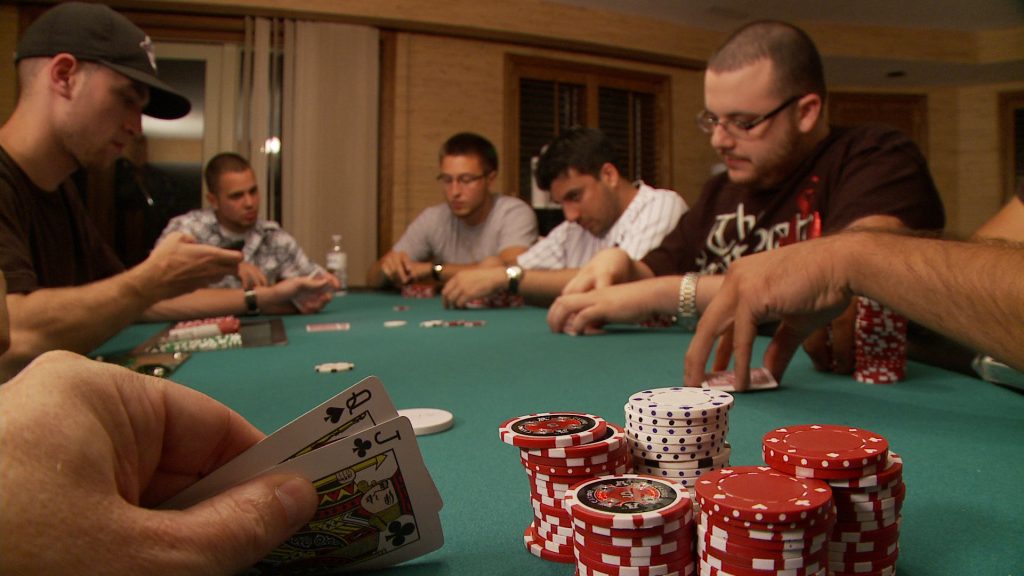 Knowing and following the rules of poker etiquette forms not only an image, but also a base for a successful career. In any situation, respect, courtesy and attention to detail remain priorities. Understanding the essence of behaviour at the poker table is the key to respect from other players and a solid start in the world of poker discipline.
Knowing and following the rules of poker etiquette forms not only an image, but also a base for a successful career. In any situation, respect, courtesy and attention to detail remain priorities. Understanding the essence of behaviour at the poker table is the key to respect from other players and a solid start in the world of poker discipline.




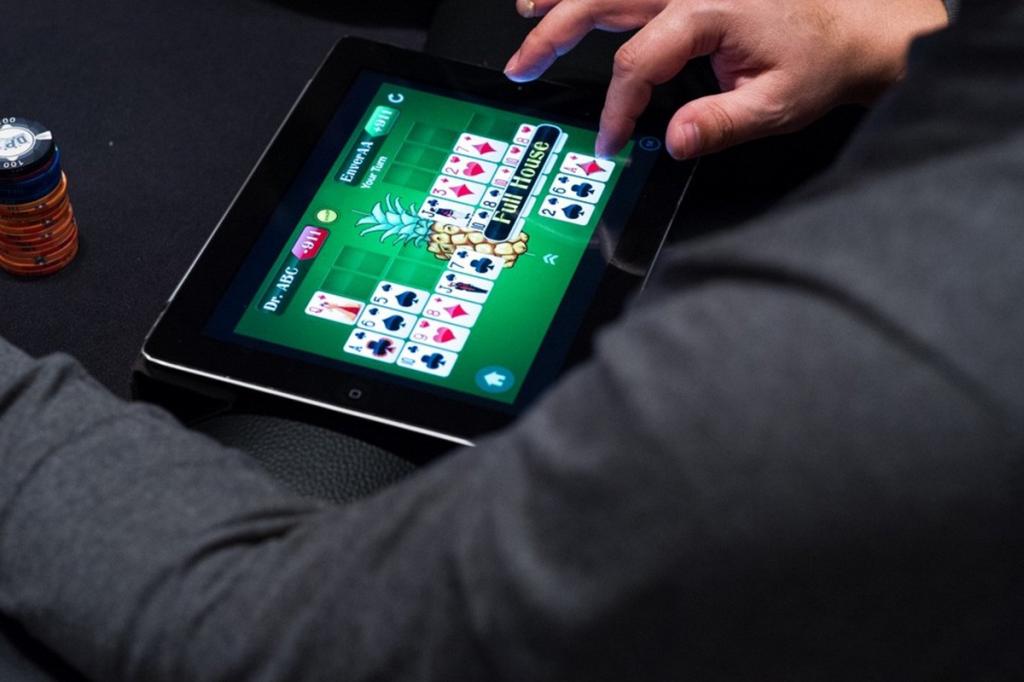

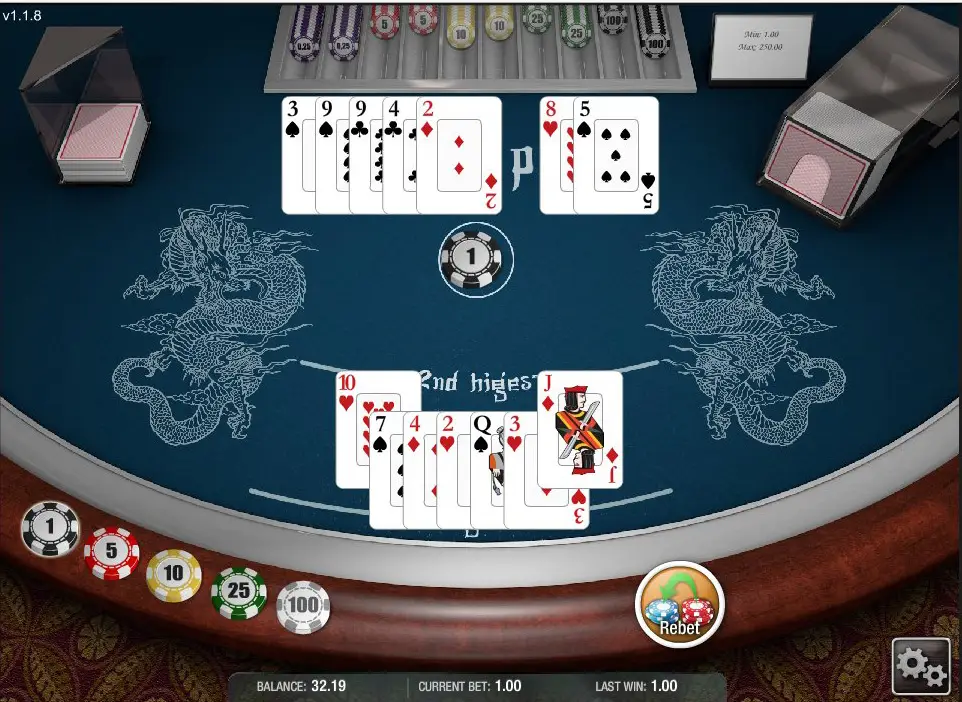 The rules are not as complicated as they may seem at first glance, and even a beginner can quickly grasp the basic principles of the game. The idea is to make two hands with the 7 cards you receive from the dealer: one with 5 values (higher) and one with 2 (lower). The goal is for the first hand to be stronger than the second, while both must be superior to the opponents’ combinations.
The rules are not as complicated as they may seem at first glance, and even a beginner can quickly grasp the basic principles of the game. The idea is to make two hands with the 7 cards you receive from the dealer: one with 5 values (higher) and one with 2 (lower). The goal is for the first hand to be stronger than the second, while both must be superior to the opponents’ combinations.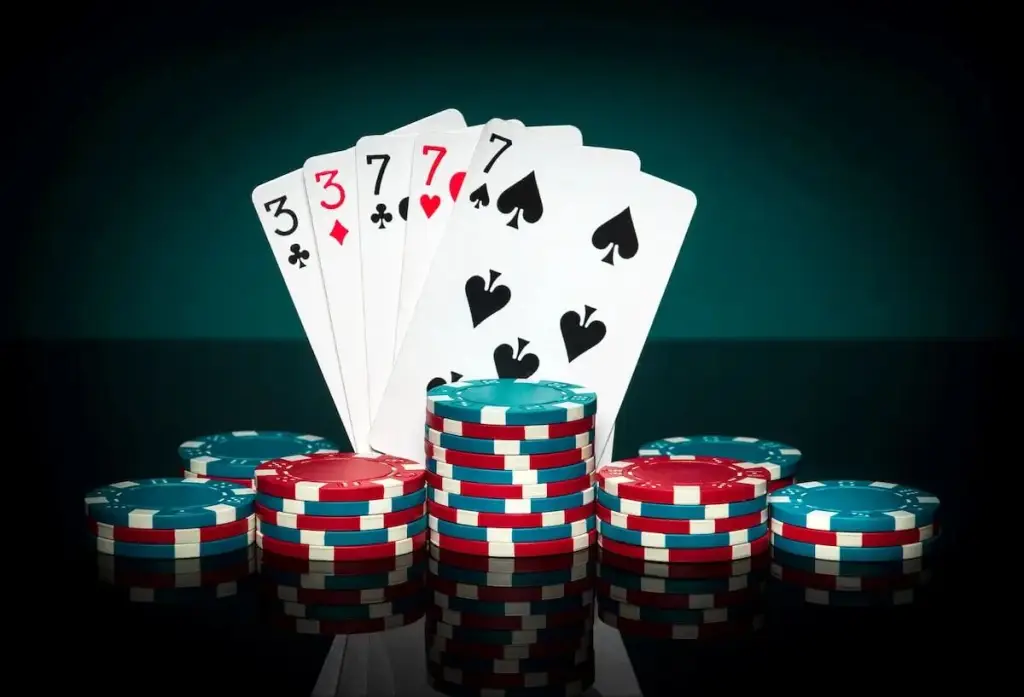 Pai Gow Poker is an exciting strategy game that combines elements of the classic format and Chinese dominoes. It requires players not only to know the rules and combinations, but also to develop strategies and consider the peculiarities of each hand. How do you become an expert at Pai Gow Poker? It all depends on a systematic approach to learning and constant practice. Understanding the intricacies of the game (splitting cards into two hands and using wild cards) will help you succeed.
Pai Gow Poker is an exciting strategy game that combines elements of the classic format and Chinese dominoes. It requires players not only to know the rules and combinations, but also to develop strategies and consider the peculiarities of each hand. How do you become an expert at Pai Gow Poker? It all depends on a systematic approach to learning and constant practice. Understanding the intricacies of the game (splitting cards into two hands and using wild cards) will help you succeed.
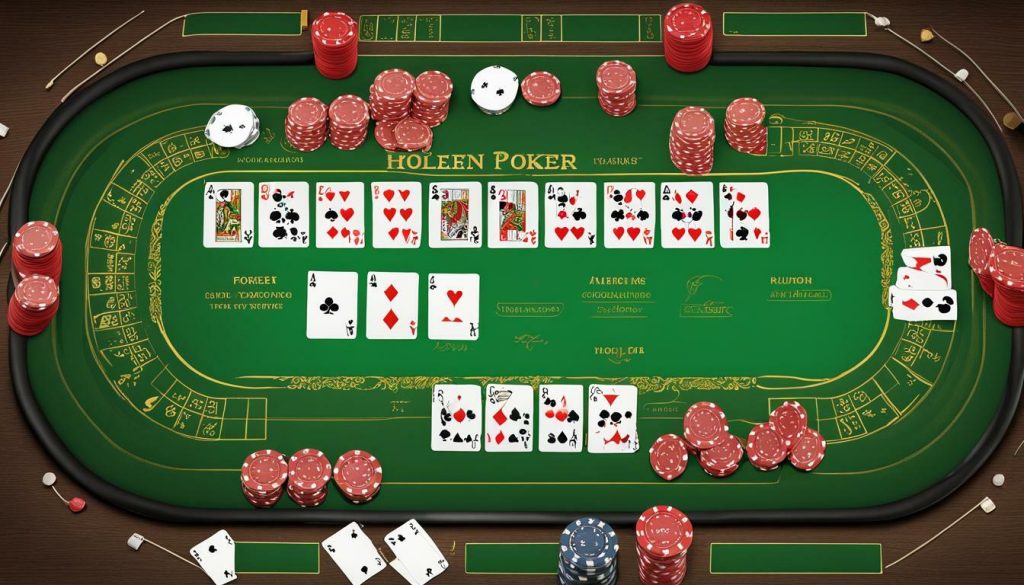 Beginners should not immediately throw themselves into all varieties. It is more logical to start with a simple Hold’em and gradually try other versions. Basic selection criteria:
Beginners should not immediately throw themselves into all varieties. It is more logical to start with a simple Hold’em and gradually try other versions. Basic selection criteria: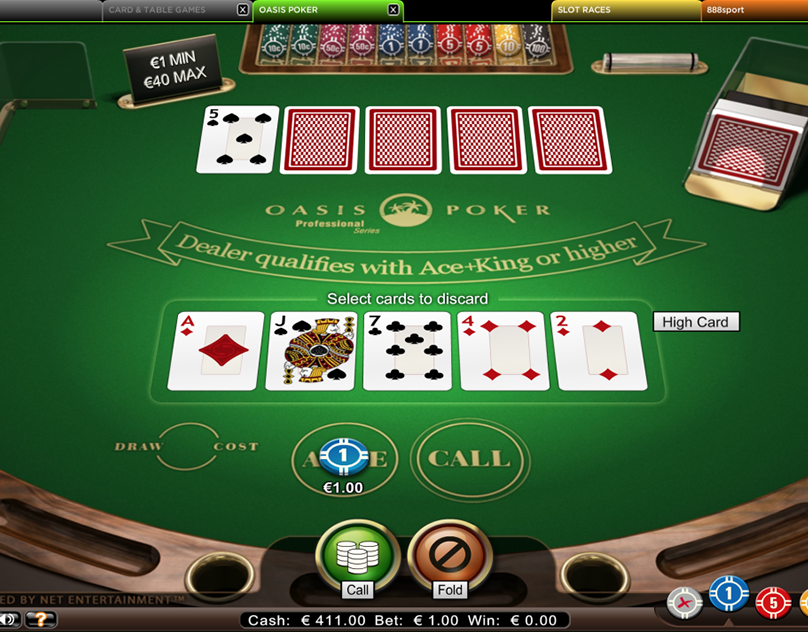

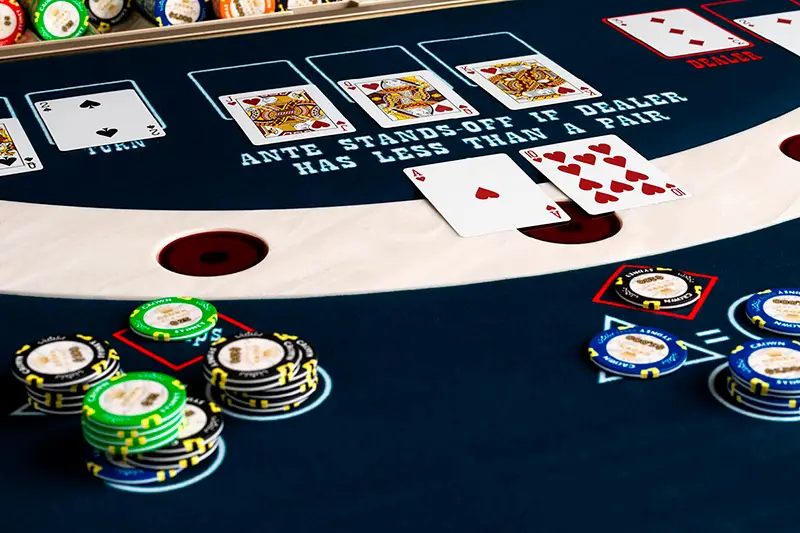


 Players think that calculating probabilities in poker requires complex calculations, but in practice there are fast and accurate methods that allow you to determine in seconds how favourable it is to continue playing.
Players think that calculating probabilities in poker requires complex calculations, but in practice there are fast and accurate methods that allow you to determine in seconds how favourable it is to continue playing. Probabilities in poker are the foundation on which a successful strategy is built. Without a proper calculation of odds, a player risks losing money in the long run. The ability to analyse outs, calculate the odds of combinations and estimate pot odds gives you an advantage at the table. The more accurate the tools you use, the less chance there is. Prepared tables and clear mathematical calculations allow you to make quicker decisions and avoid common mistakes.
Probabilities in poker are the foundation on which a successful strategy is built. Without a proper calculation of odds, a player risks losing money in the long run. The ability to analyse outs, calculate the odds of combinations and estimate pot odds gives you an advantage at the table. The more accurate the tools you use, the less chance there is. Prepared tables and clear mathematical calculations allow you to make quicker decisions and avoid common mistakes.

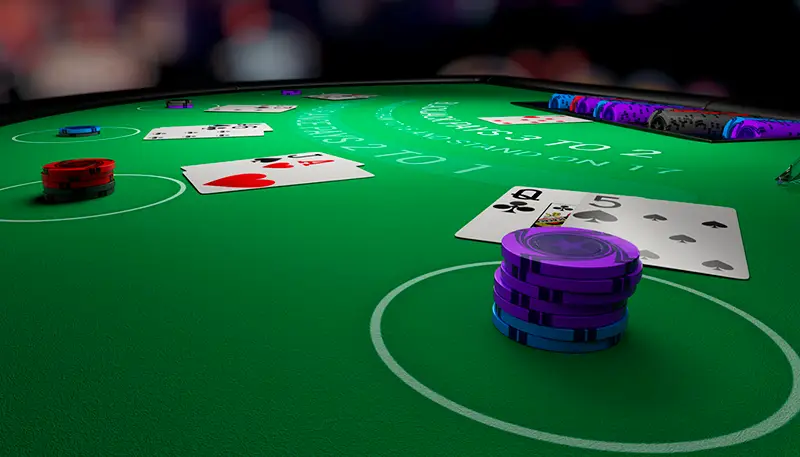





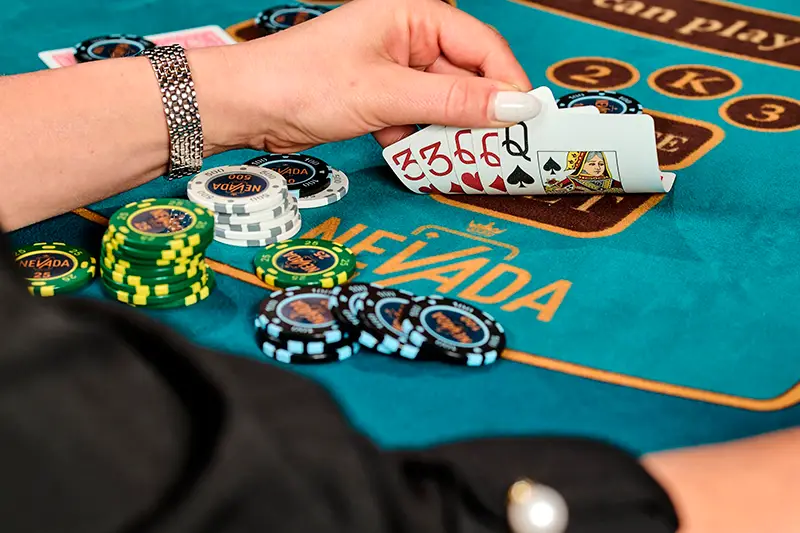

 The Oriental format has several popular variations:
The Oriental format has several popular variations: Chinese poker is a dynamic intellectual card game that combines strategy and luck. It’s easy to master the rules of the oriental format, but tactical thinking is required for stable wins. Different variations of the game make the process even more interesting, and online availability allows you to play with real opponents at any time.
Chinese poker is a dynamic intellectual card game that combines strategy and luck. It’s easy to master the rules of the oriental format, but tactical thinking is required for stable wins. Different variations of the game make the process even more interesting, and online availability allows you to play with real opponents at any time.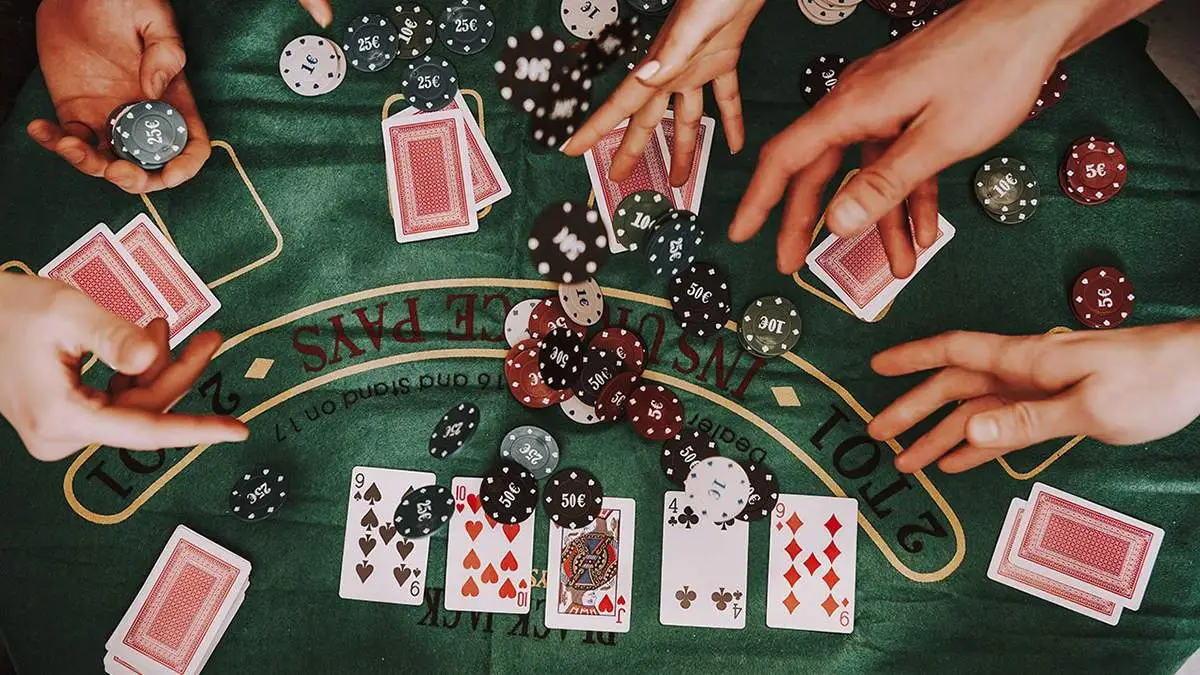
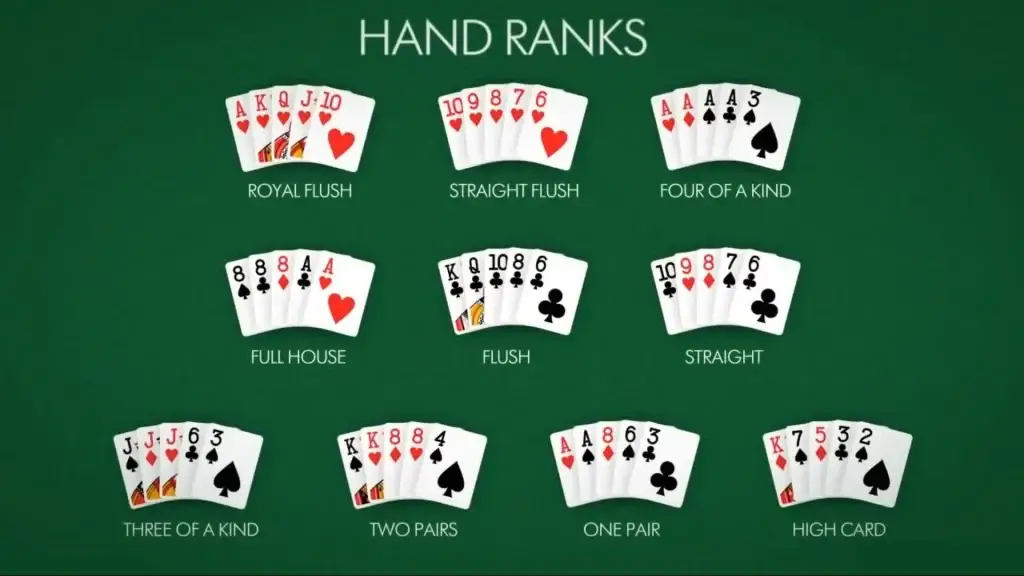 To be successful, it is important not only to know the combinations, but also to understand when and how to pick them.
To be successful, it is important not only to know the combinations, but also to understand when and how to pick them. Combinations in poker not only help you understand your game, but also help you read your opponents and anticipate their moves. After reading this guide, try your luck at the table – start with small bets and try to put what you’ve learnt into practice. The more you practice, the better you will understand the strategy of probability of certain combinations.
Combinations in poker not only help you understand your game, but also help you read your opponents and anticipate their moves. After reading this guide, try your luck at the table – start with small bets and try to put what you’ve learnt into practice. The more you practice, the better you will understand the strategy of probability of certain combinations.
 Texas Hold’em poker combinations are formed from five cards. The player has access to two pocket cards and five total cards on the table. The best five-card hand is formed from seven denominations. The seniority of the combinations determines the winner of the hand. For example, a pair of jacks loses to a set (three identical cards).
Texas Hold’em poker combinations are formed from five cards. The player has access to two pocket cards and five total cards on the table. The best five-card hand is formed from seven denominations. The seniority of the combinations determines the winner of the hand. For example, a pair of jacks loses to a set (three identical cards).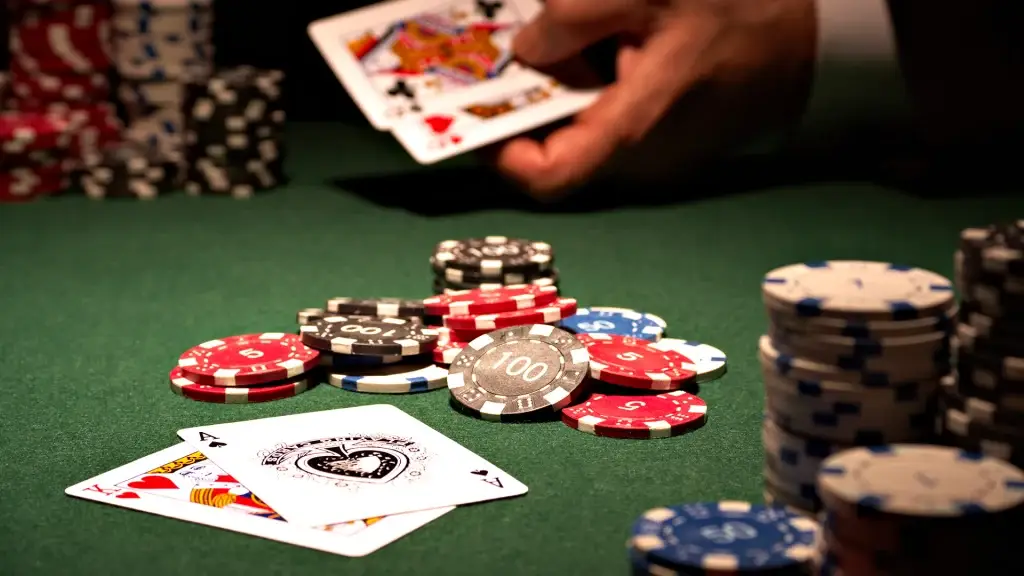 A thorough understanding of how combinations are formed and evaluated in Texas Hold’em poker significantly increases a player’s chances of success. Knowing the probabilities of falling cards and the ability to quickly assess the chances of winning are fundamental skills necessary for stable winnings in the game of chance. Using the knowledge acquired in practice, beginners will be able to avoid typical mistakes and gradually acquire a professional level.
A thorough understanding of how combinations are formed and evaluated in Texas Hold’em poker significantly increases a player’s chances of success. Knowing the probabilities of falling cards and the ability to quickly assess the chances of winning are fundamental skills necessary for stable winnings in the game of chance. Using the knowledge acquired in practice, beginners will be able to avoid typical mistakes and gradually acquire a professional level.





